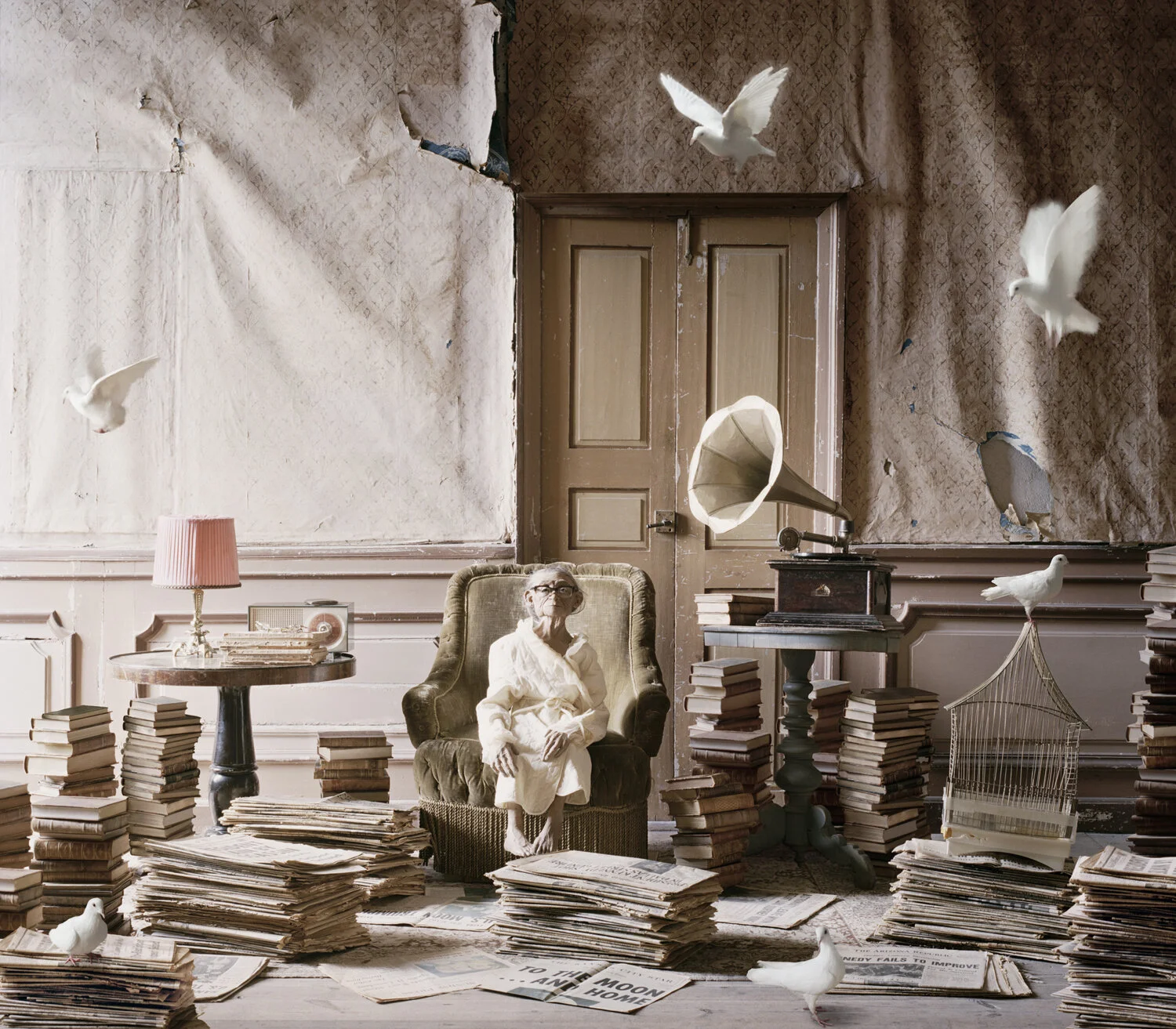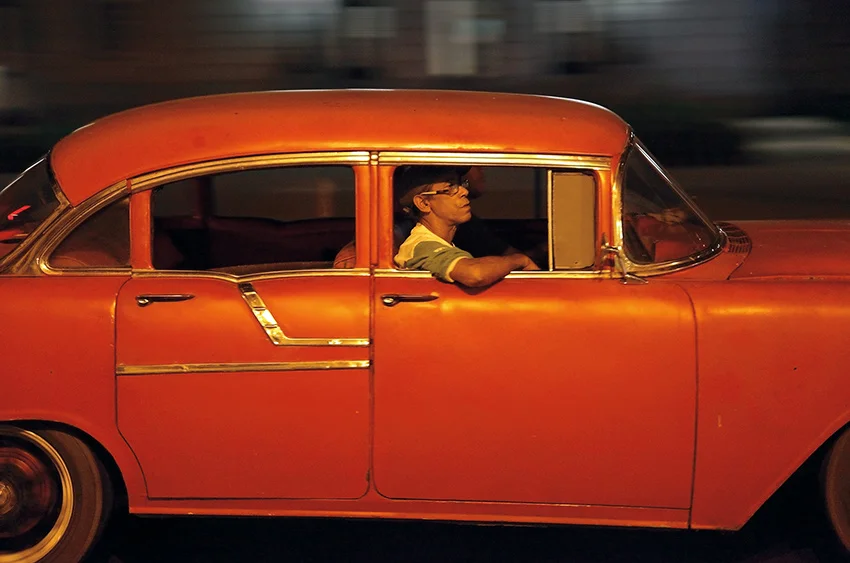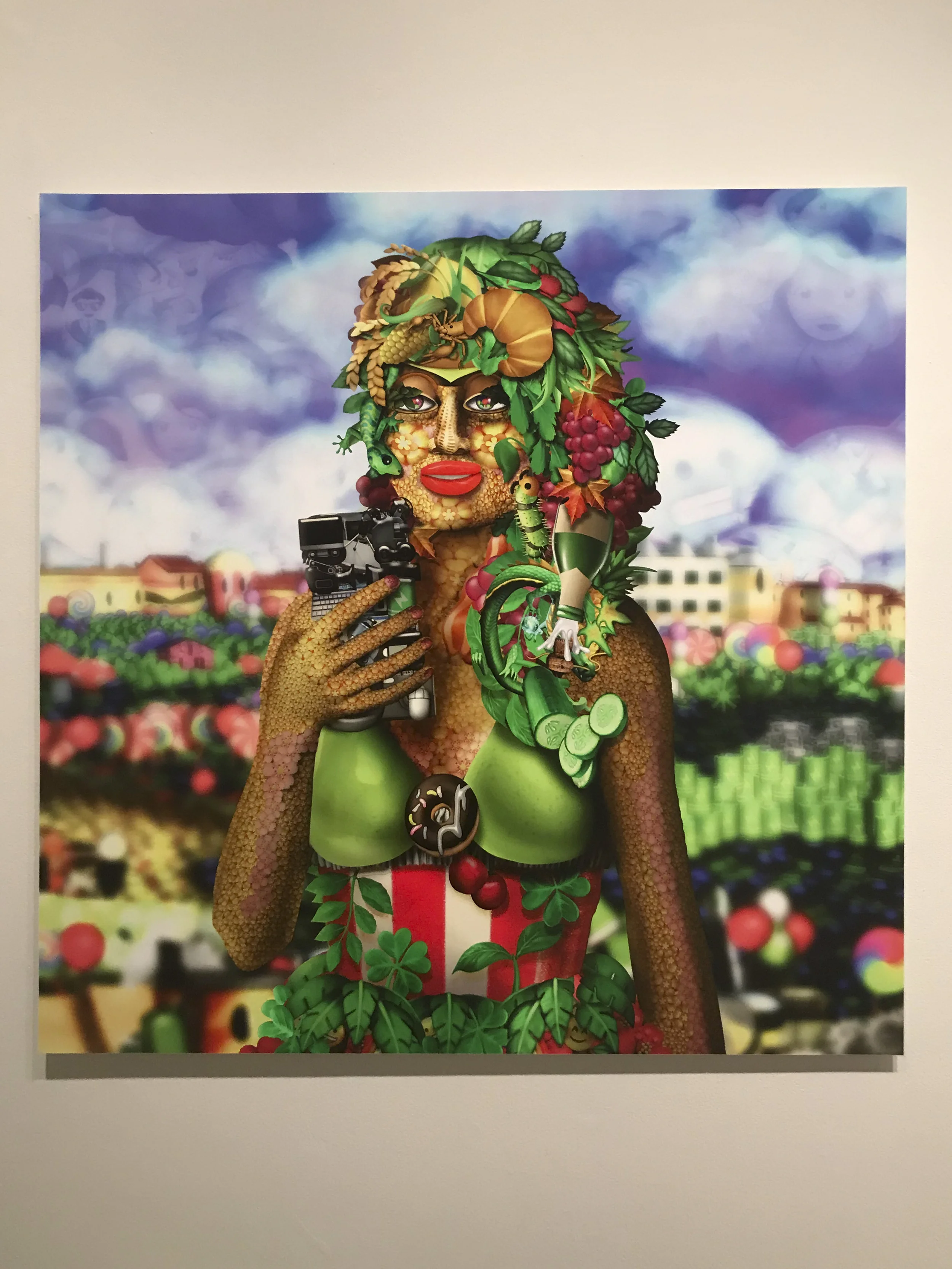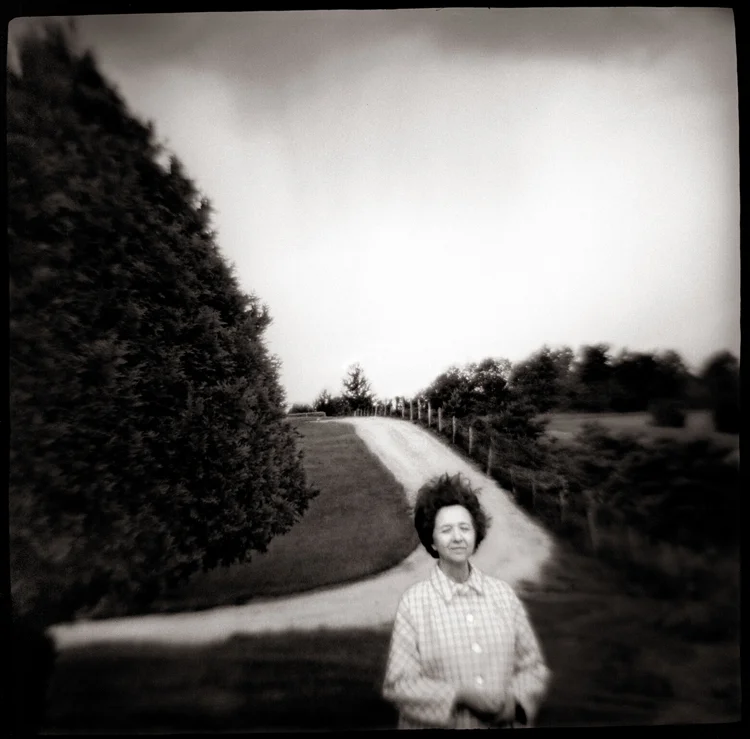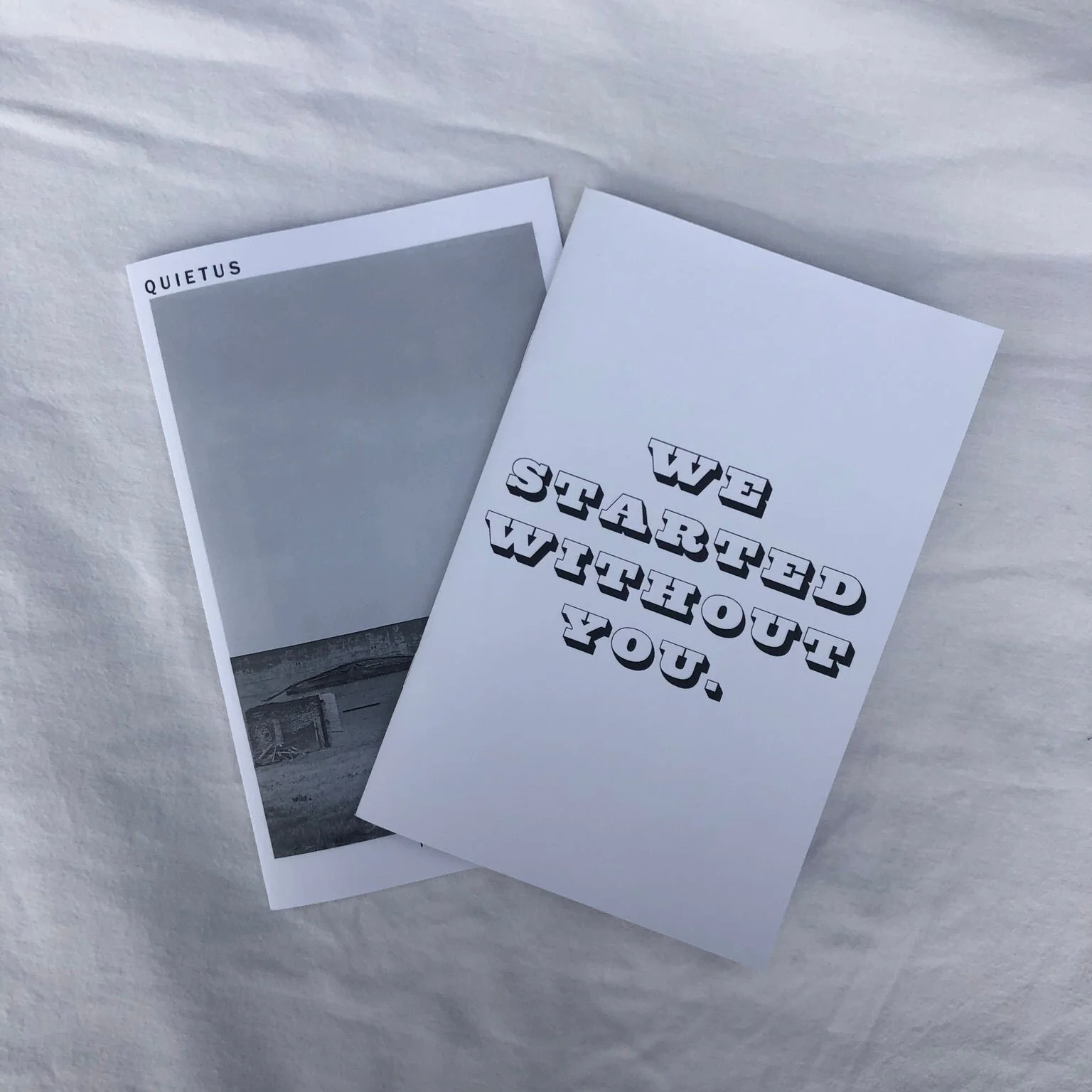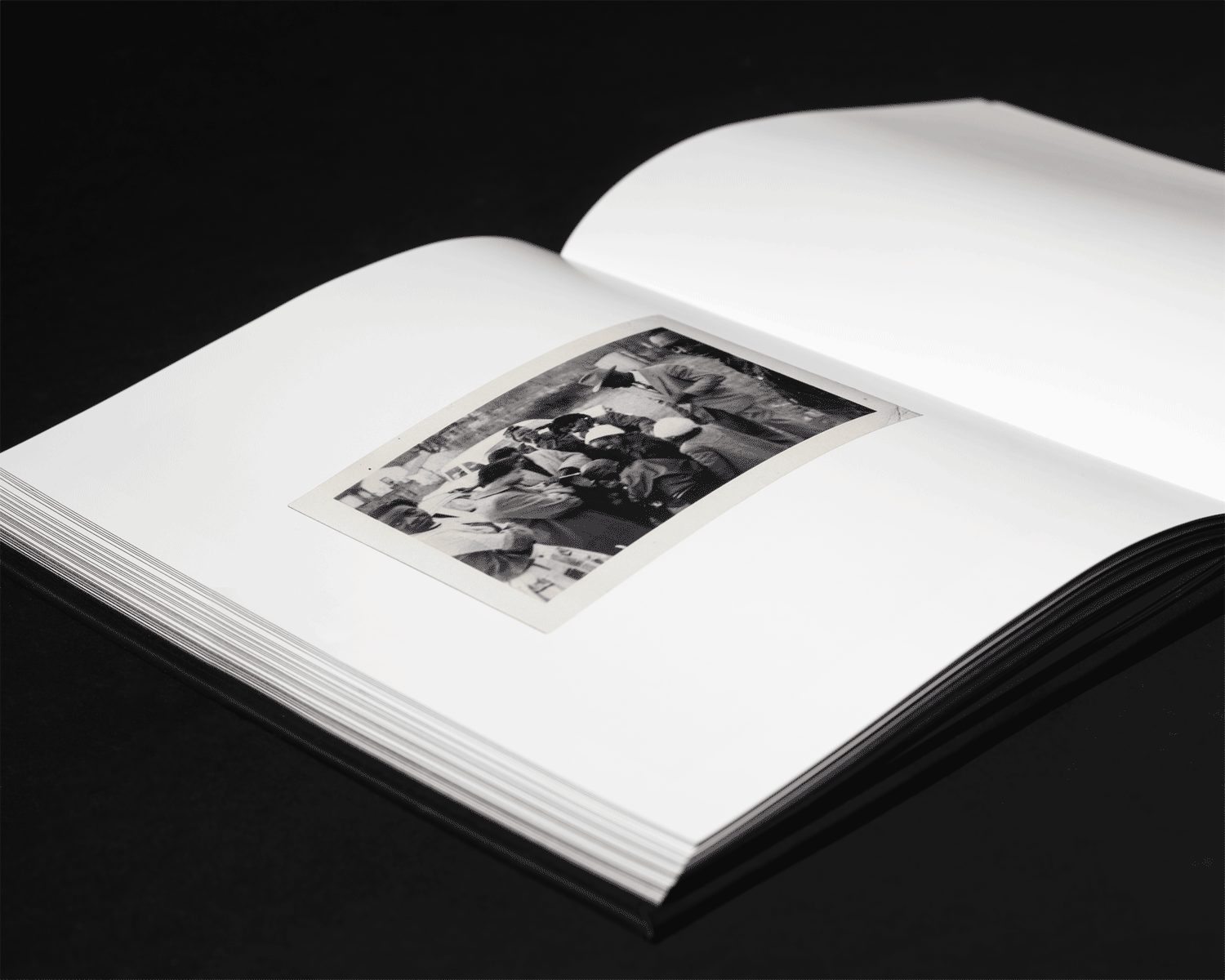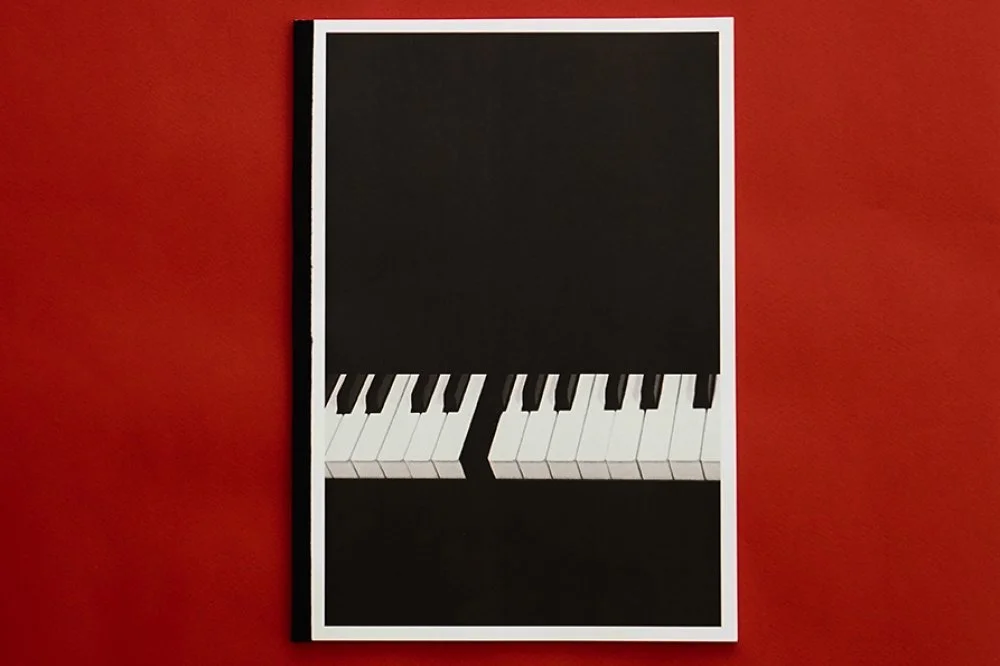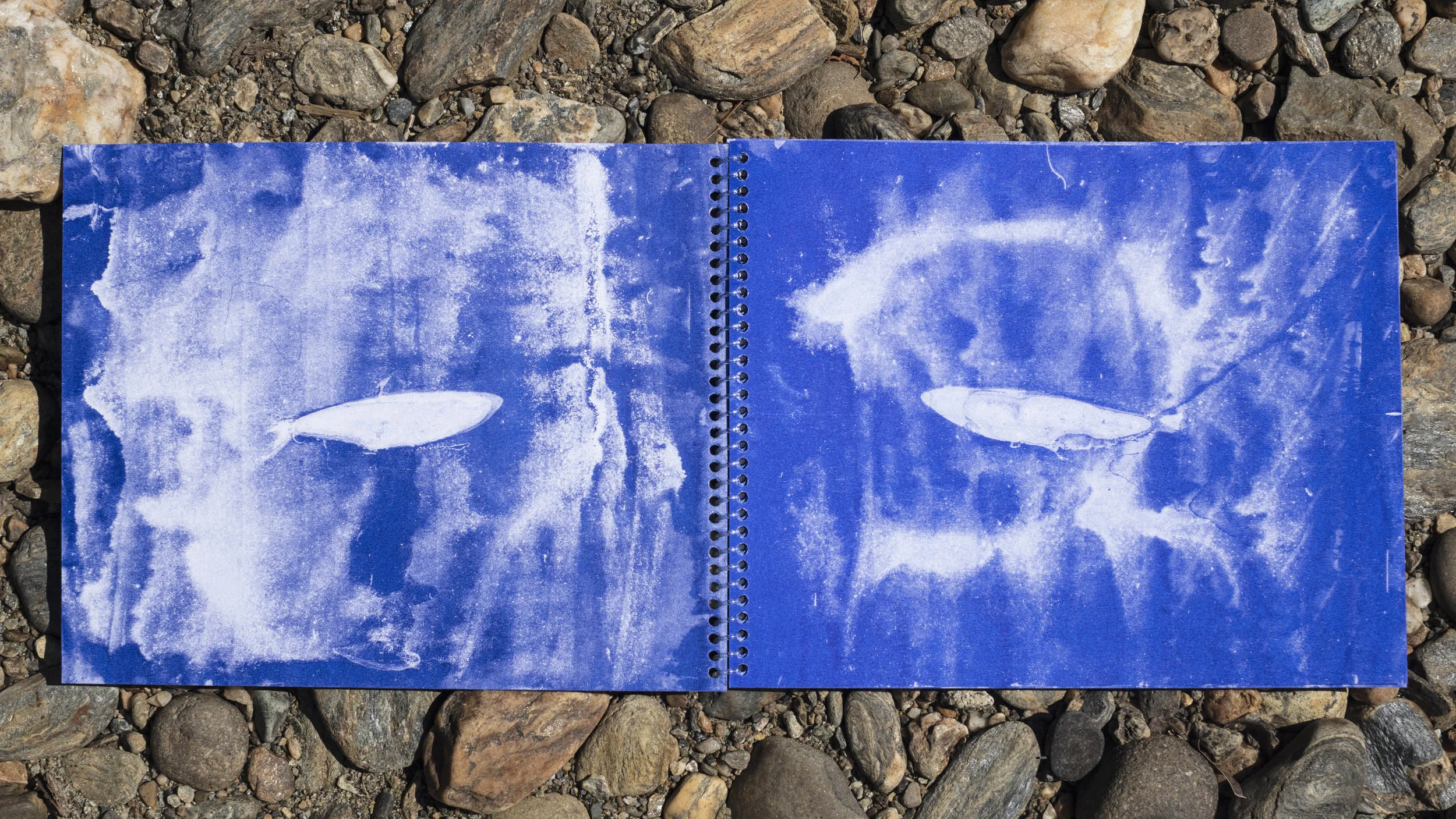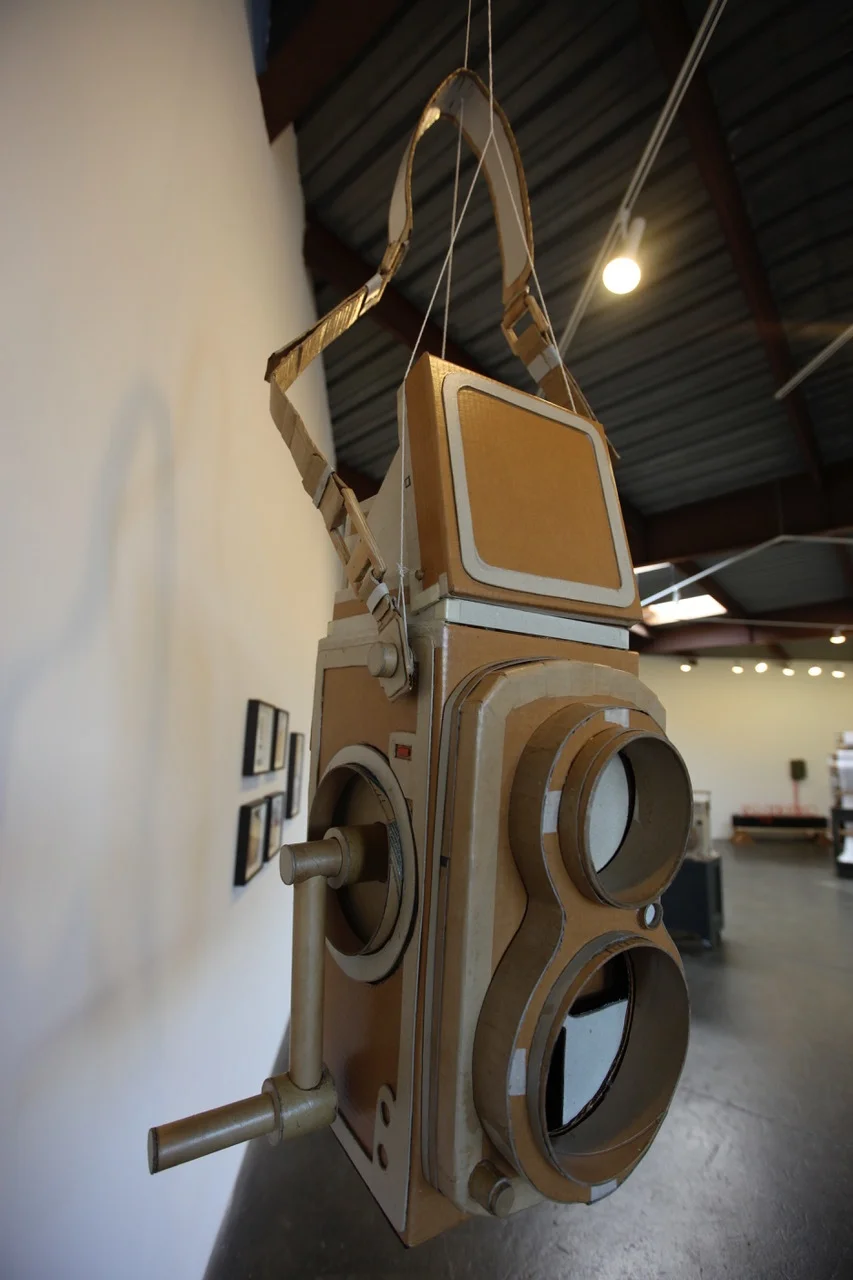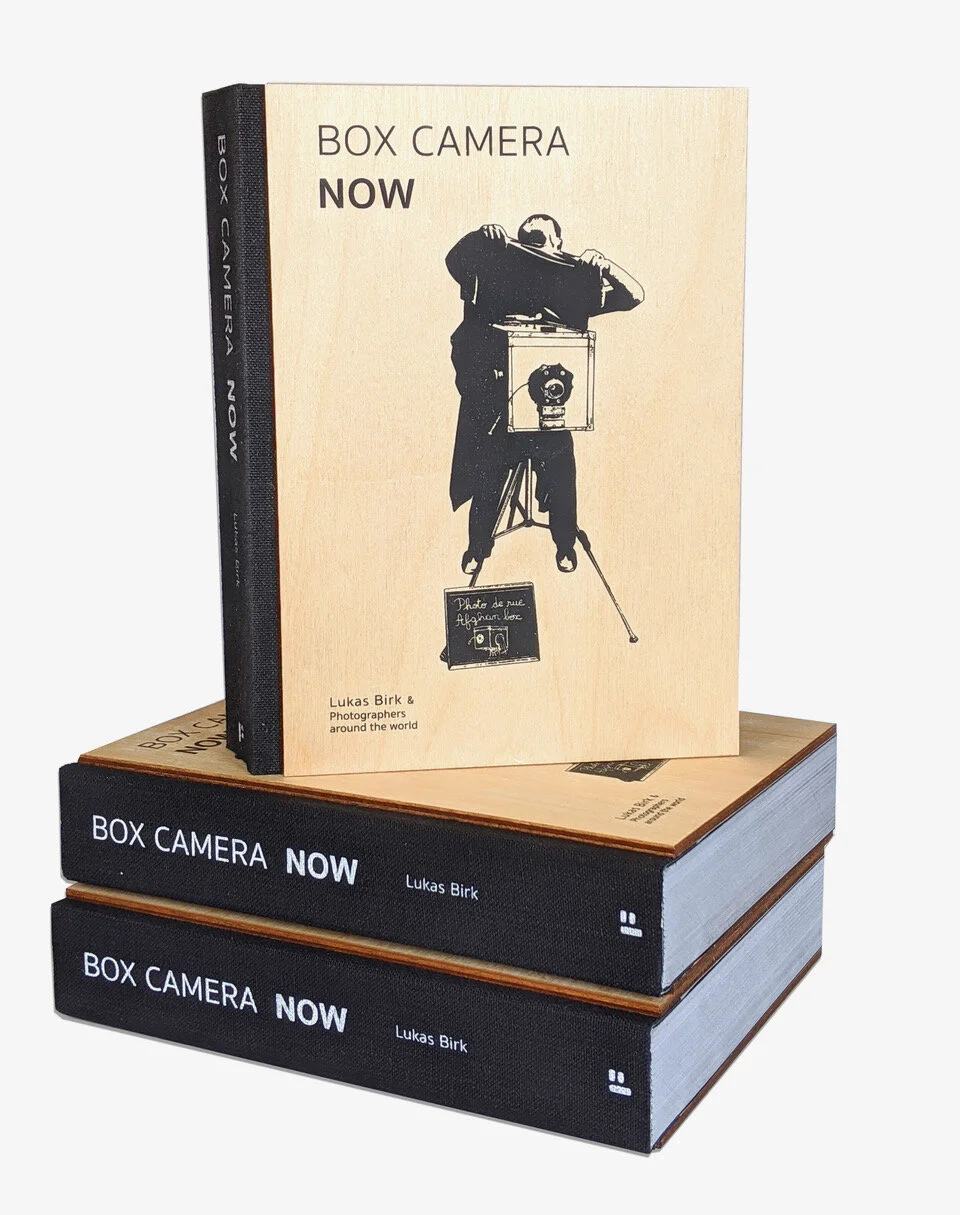This series features interviews with independent photobook publishers. This month’s interview is with the Publisher of Fall Line Press, William Boling and Managing Editor Meghan Walter.
Sweetheart Roller Skating Rink by Bill Yates
Don’t Take Pictures: How would you describe Fall Line Press to someone who has never seen your books?
Meghan Walter: We are small but mighty. We're now producing 2-3 titles a year. We are only able to do so much, so we try to carefully curate our photographers, editors and design team. We take a lot of pride in the quality of our books.
William Boling: Some of what we think about when we select a photographer and a body of work to publish is that quality element Meghan mentions. Is the project itself in a special place in terms of its beauty, message or insight—and will there be an audience that will be turned on by it in some way.
DTP: What series of events led you to start your own publishing house?
WB: My personal photography and art practice has always gravitated toward building archives and so called "artist books"—it came as a natural extension of that impulse. I'd loved the work of Atlanta-based art book publisher Nexus and I missed it. I had so many friends who "deserved" and "needed" books—I just thought if we could figure out how to publish books that we should.
Bottom of da Boot by Kael Alford
DTP: How do you find photographers that you want to work with and how do you determine what might make a good photo book?
MW: It's really a mixed bag. Bill seemingly knows everyone! But we have made a lot of connections through portfolio reviews and other industry professionals (whether it be a curator, editor, etc.) that introduces a photographer to us.
WB: This may sound a little “woo woo” but it seems that somehow we just stumble upon the right projects for us at the right time. Or maybe the photographers stumble on to us.
DTP: Have there been any books that have been particularly rewarding to produce or that you felt a special kinship with?
MW: They've all been rewarding in different ways. And I really do mean that. Each book and each photographer has taught me something different. If you make me pick one, I would say the first book we did, Kael Alford's Bottom of da Boot. The story around it is so compelling—the people that inhabit the coast of Louisiana who are loosing their land at an astonishing rate. Kael captures their lives and their love of this place so beautiful. I'm proud of all of our books, but perhaps particularly proud of this one because it brings awareness to a place, a people we otherwise might not know. And on the plus side too, Kael is truly a phenomenal person.
WB: Books are like your children—you really love them all equally. But, I would have to point to Sweetheart Roller Skating Rink as one that was especially rewarding because of the teamwork involved—as well as the great photos. At some point our work group began to be called the “dream team” and it really felt that way. There were lots of ideas flowing and a few “hard fought” differences over aesthetic questions as usual—but always in a great spirit of “what does this book want to be?” And I think the final award-winning result shows that spirit somehow.
Bottom of da Boot by Kael Alford
DTP: What are some forthcoming titles are you particularly excited about?
MW: I'm most excited about our release this fall of Watershed | The Tennessee River by Jeff Rich. I've known Jeff for a while, and I remember he gave me a mock up of the book he had done. Bill and I both took one look, and said we're doing this! I edited the book, which was a real joy for me. We've been working on it for almost two years now and to finally have it in the flesh in a few weeks will be so rewarding.
WB: Again, every book is our favorite but I will mention that for me True Places by Guggenheim Fellow Jack Carnell will be an exciting book to hold in my hand. It’s the result of many years of Jack’s dialogue with the small places in the American vernacular landscape. Jack is a consummate photographer who’s reserve and intelligent eye produces lyrical documents that are so seemingly inevitable that we feel we are seeing some elements of our everyday world for the very first time. This will be a truly stunning book.
DTP: What was one of the most challenging books that you have published and why?
MW: I would say Sweetheart Roller Skating Rink by Bill Yates. Bill had already had the solo exhibition at the Ogden, wonderful write-ups in the Bitter Southerner and other publications…We knew it was really something special; and wanted to be true and authentic to that body of work.
WB: We just released a beautiful book we published in Europe by a talented Swiss photographer whose work is growing in importance, Corinne Vionnet. We worked with a well-known Dutch designer and printed based in The Netherlands. We released it as the book fair in Arles and many of Corinne’s collectors and followers are based in the EU. Managing all that from a distance was an interesting new challenge.
Me by Corinne Vionnet
DTP: It seems that an increasing number of photographers, at all stages of their careers, are looking to publish a book. What should photographers think about before they embark on the book process?
MW: The good thing is that there are so many opportunities and avenues you can take. We did an exhibition of self-published books this past springs—Fall Line 50—and it was truly amazing to see the creativity and range that came in. Yes, we had some high production, traditional hardcover books. But we also had some general hand-made small editions. Let the voice of your project dictate the type of book it should be.
WB: What and when to publish is an interesting dilemma for a photographer. If one waits too long not publishing can begin to block up other work that the photographer would like to turn to. On the other hand, the work needs time—sometimes years to mature and become what it needs to be. One of my all time favorite photo books is Sodom Laurel Album by Rob Amberg. It is an intimate study of an Appalachian woman and her family. It began when she was in her 70s and ended when she died in her 90s—it couldn’t have been the book it became without all those years of thought, study and examination. We have an exhibition of work for Rob’s final book Little Worlds coming up at our Fall Line Studio in September. We’ll be looking at more than 40 years of his work in Appalachia for that next book in what Rob calls his “Madison County Trilogy.”
Visit the Fall Line Press website to learn more about their books.





































